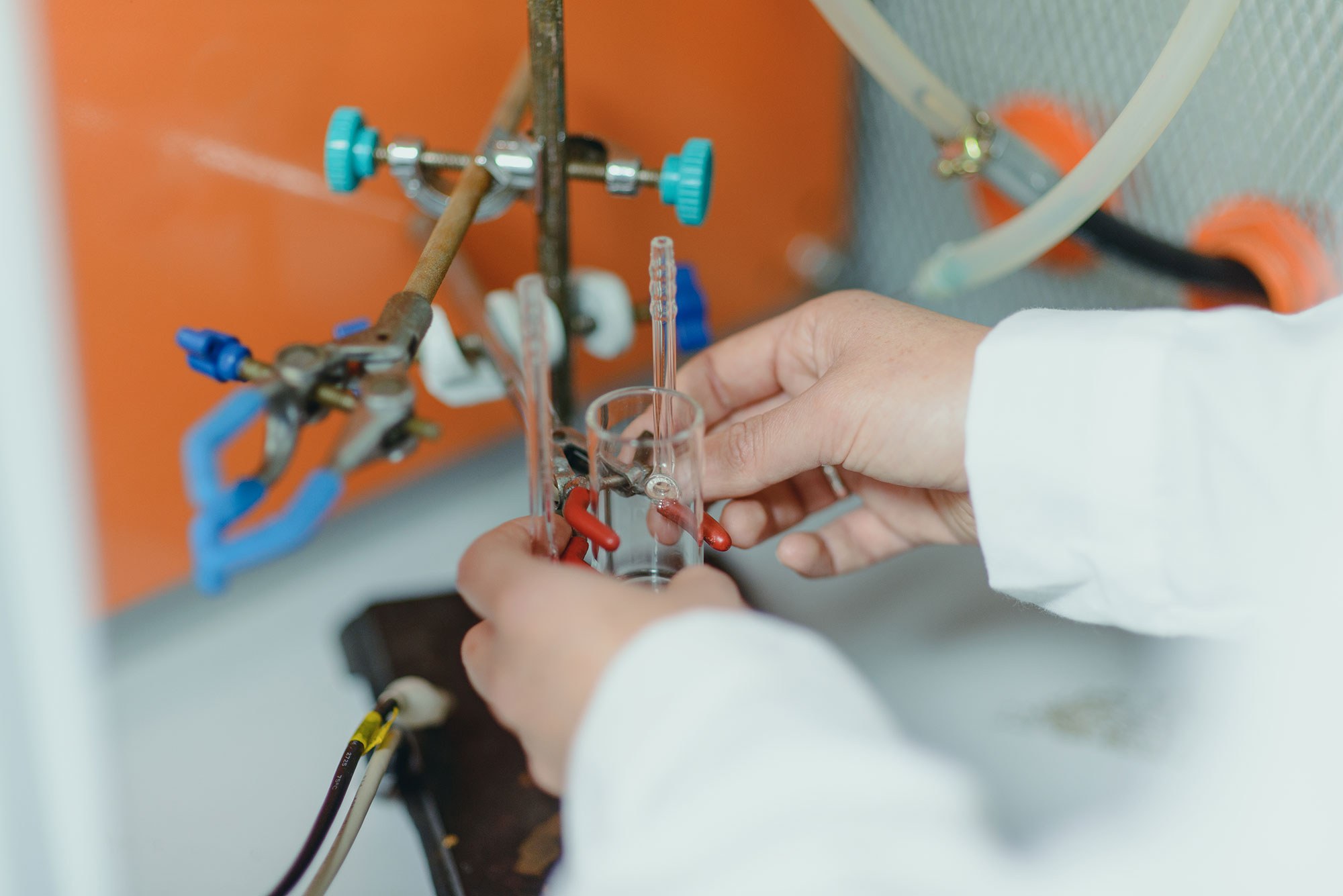Valencia, F. J., González, R. I., Vega, H., Ruestes, C., Rogan, J., Valdivia, J. A., Bringa, E. M. & Kiwi, M. (2018). Mechanical properties obtained by indentation of hollow Pd nanoparticles. The Journal of Physical Chemistry C, 122(43), 25035-25042. https://doi.org/10.1021/acs.jpcc.8b07242
Abstract: Palladium nanoparticles are technologically important for catalysis, hydrogen storage, and many other applications. Here, we investigate the mechanical properties of Pd hollow nanoparticles of different sizes and thicknesses by means of classical molecular dynamics simulations. Hollow nanospheres of sizes ranging from 5 to 40 nm are compressed using planar indenters. Our results suggest that the mechanical response of hollow nanoparticles can be tailored by tuning the external radius (R) and shell thickness (ω). The largest elastic limit for a given thickness is achieved when the aspect ratio A = R/ω is 3 ≤ A ≤ 4. This delay of the onset of plastic deformation is due to the fact that, for this geometry, hollow nanoparticles can buckle, avoiding stress concentration in the contact; this in turn favors stress accumulation and dislocation emission at the inner surface, in sharp contrast to the behavior of solid nanoparticles and “bulk” surfaces.
Rafael González
rafael.gonzalez@umayor.cl


